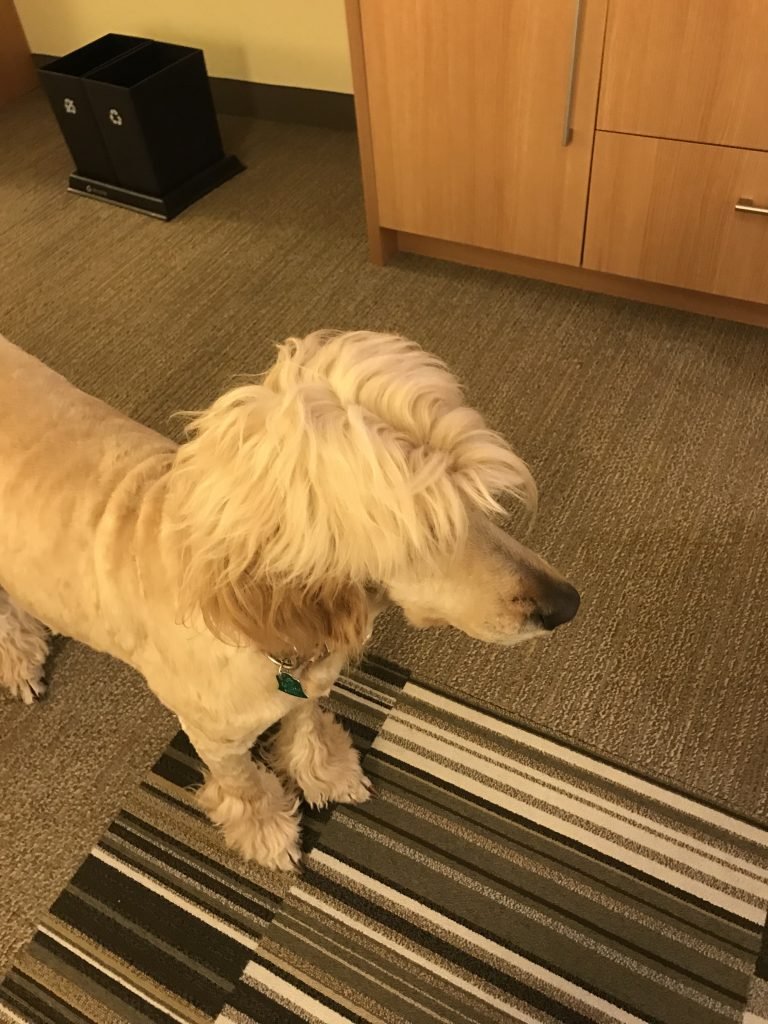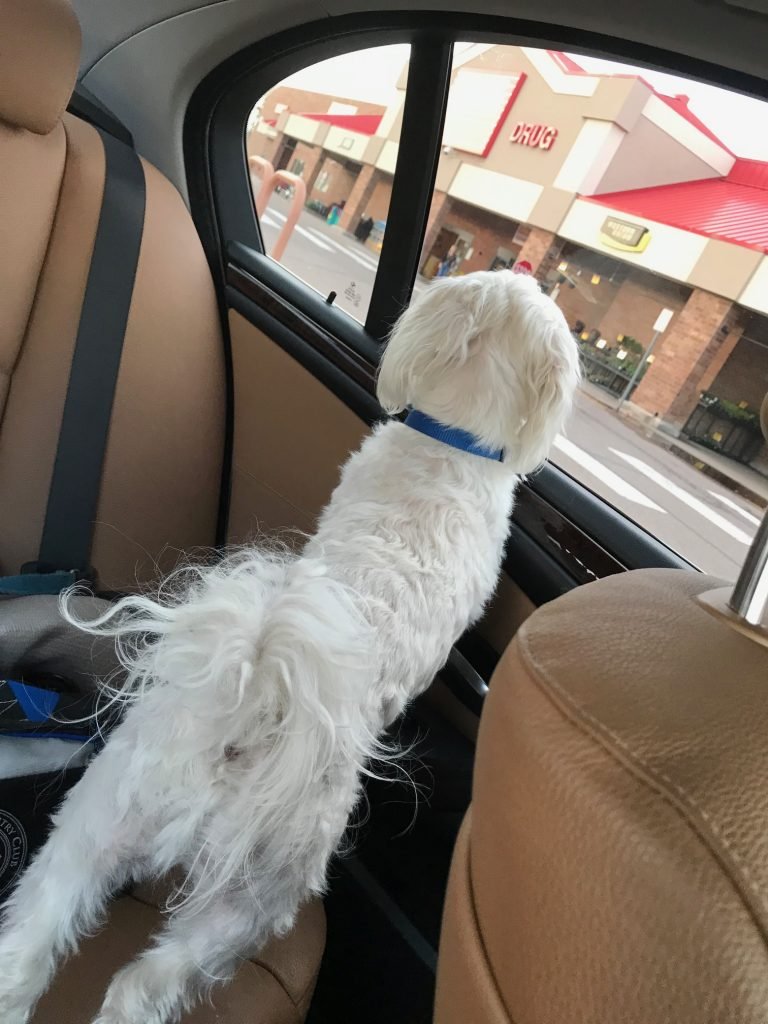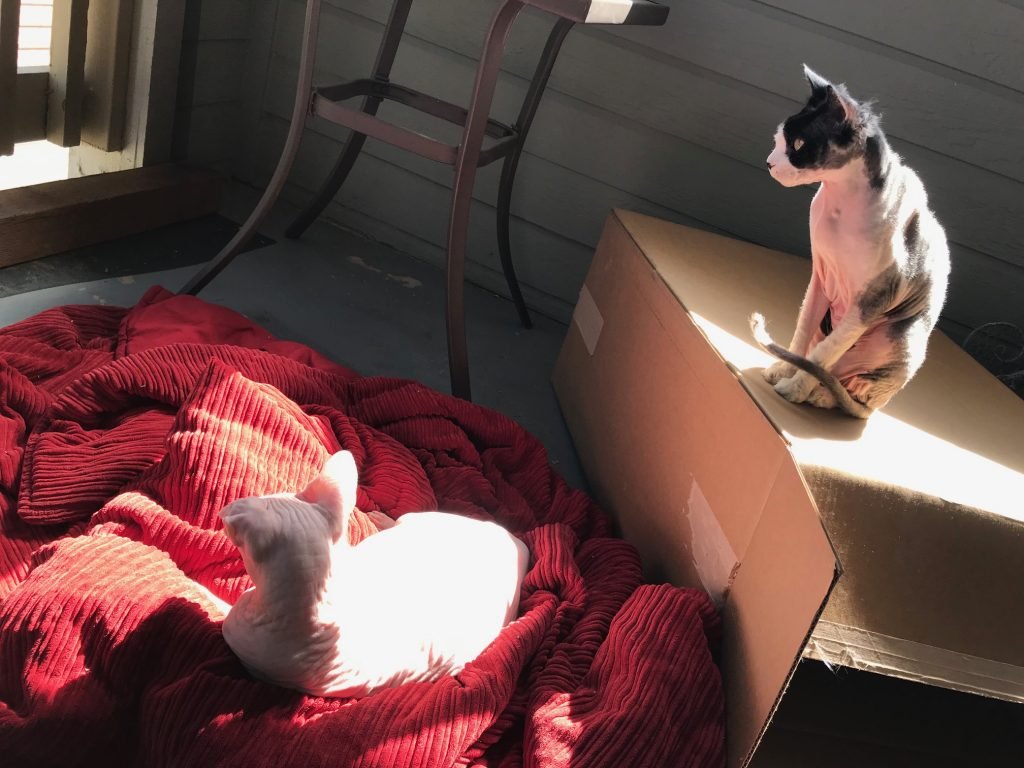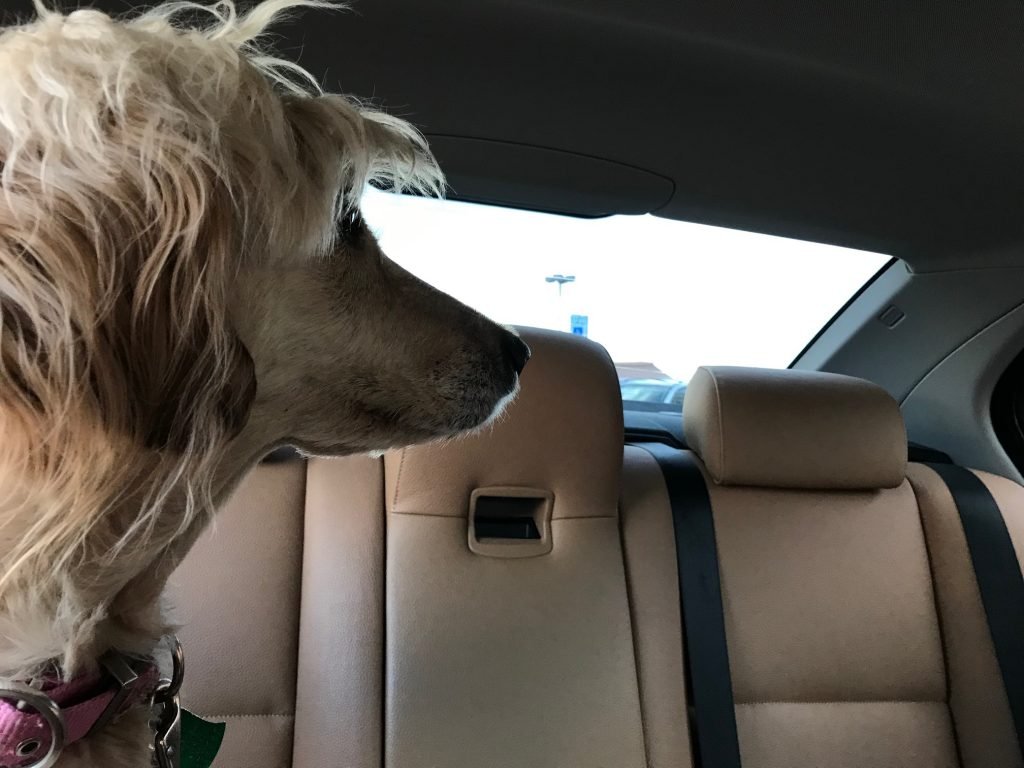
Summer “Pet-iquette”
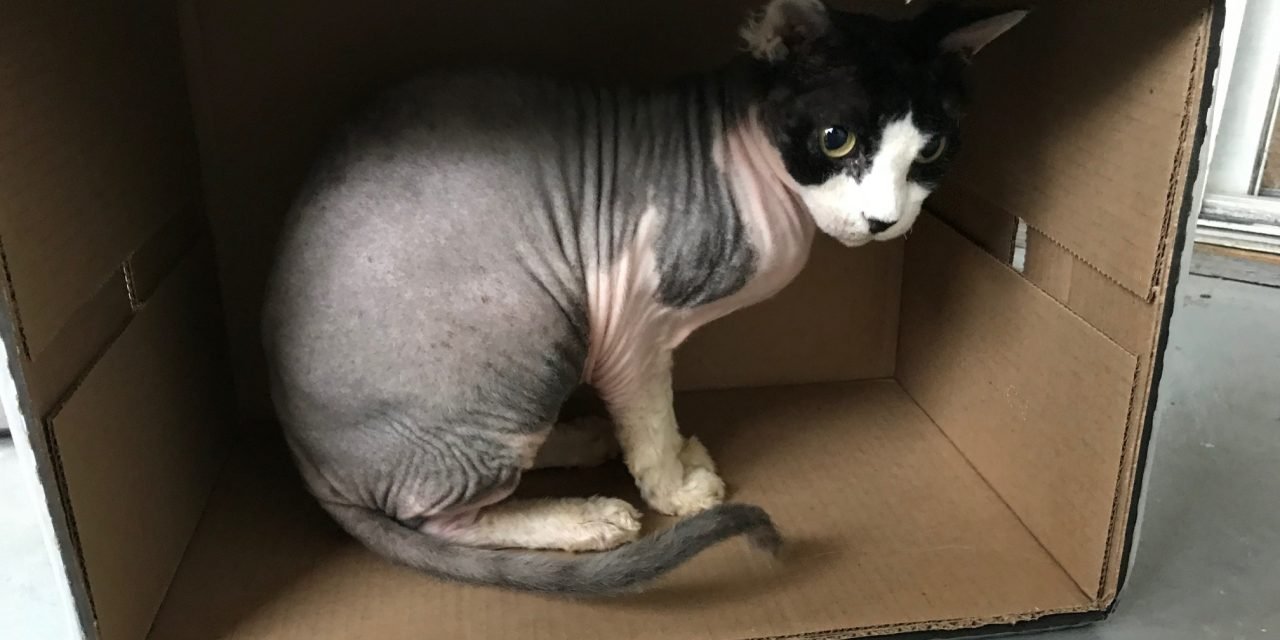
Written by Randi Winter, Edited by Christine Sallas
Summer means travel for most families, by air, land, or sea. The least stressful vacations are usually the ones where you have all aspects covered for each of the passengers. Many families have four-legged pets that may have never travelled farther than the grocery store or family cottage.
Once you are outside of your own home, there is a whole list of other criteria to consider. Of course, all the same precautions and preparations apply if you are moving long distances. Just ask Luxe Beat Magazine Publisher, Sherrie Wilkolaski, who picked up her large four-legged family and beau Brad, to move across the country recently. she shared, “It was a three-day journey from Atlanta to Denver. Two dogs, two cats, one car and the moving truck. We planned the trip largely around the needs of ‘The Crew.’ Thankfully it all worked out for everyone.”
A Few Words of Advice
First and foremost: Are pets even welcome? This is not just a question for hotels, but also for your Aunt Mary, or your very allergic nephew, or even your new condo association. Are there adequate provisions and enough space for everyone to be comfortable? Will there be multiple stops for overnights?
Safety First
Did you know that most pets, like people, should wear seat belts in the car and need appropriate straps to stay secure and safe? Most pets can be safely secured with a harness that attaches to the seat belt if they do not already have their own well-ventilated crate. If this is a first trip for your pet, be sure to do a few test runs before embarking on a more lengthy trip. Count on frequent breaks, every two or three hours maximum, so your pet can make a rest stop and get some exercise. Sounds about right for most families, too!
Some of the biggest no-nos for pet travel include riding unrestricted in a truck bed or being left alone in a parked vehicle, especially with closed windows. As heat builds very quickly, this can be extremely dangerous, even for a short period of time.
Though a dog’s head hanging out the window seems cute, it can actually be dangerous. It is never safe for any body parts, human or animal, to be outside a moving vehicle. Dirt and other debris can enter eyes, nose and ears causing injury, infection–or worse!
Every airline has its own criteria for pets inside and outside of the cabin. With the exception of service animals, pets should be in an approved crate for the entire duration of the flight. Any pet medications and accompanying directions should be securely fastened to the crate. If the crate does not fit under a passenger seat in the cabin, the pet must ride in the cargo hold of the plane. In the musical Come From Away, Bonnie the SPCA worker defies all orders and boards the cargo area to assess the animals; she finds some very interesting passengers, including two rare monkeys, one of which is pregnant!
You should always contact the airline to reconfirm requirements for pets traveling by air, as there may be restrictions related to breed, size or age of the animal. Be aware that most airlines also require a health certificate issued by a veterinarian, usually within 10 days of travel.
“Pet-iquette”
Once the travel part is sorted out, there is still a lot of pet planning to do in order to keep them safe and comfortable once they have arrived at your destination.
Good pet parent manners should always include using a leash and cleaning up after the pets, ensuring they remain welcome guests during the whole trip.
“Do Not Disturb”
If you must leave your pet unattended, make sure they are in a secure area where they cannot do any damage, usually in a crate or pen. Always leave your local contact information in an obvious place. To avoid any unwelcome surprises for staff in a hotel or motel, be sure to use the “Do Not Disturb” sign on the door.
Whenever possible, try to bring as many of the supplies needed for your pet’s care as you can – especially favorite foods, bowls, all medications and copies of prescriptions, toys, proof of rabies vaccination–and veterinarian contact information. Again, leave all contact information and any other information about your pet nearby in case there is an emergency while you are away.
It Makes Scents
Just like small children, a familiar blanket or towel with the pet’s or the owner’s scent goes a long way toward helping the animal (and owners) feel relaxed in a strange place.
Remember that pets (like people) may be tempted to run away when nervous. If possible, they should always be micro-chipped and/or wearing a collar with current contact information and their name on the tag, in addition to all the identification on their crate or carrier.
The most important thing to keep in mind is that if you can keep your pets happy, then everyone will be happy. If your family shows your pet plenty of love and attention all along the way, that love will be repaid many times over and everyone will have fun. After all, isn’t that what family vacations are all about?










